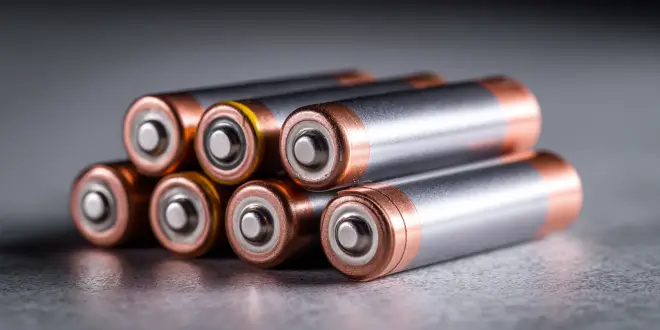In today’s fast-paced world, we all rely heavily on our electronic gadgets, from smartphones and laptops to electric vehicles. A common issue across all these devices is the time it takes to charge them and how often they need it. But what if a new battery technology could change all of that? Recent developments suggest we may soon have batteries that charge much faster and last significantly longer.
What’s the Magic Formula?
Researchers have been working tirelessly to improve battery life and charging speeds. The new formula being developed involves a revolutionary mix of materials that make up the battery. Traditional batteries in most of our devices are lithium-ion. While they have served us well, this new technology aims to enhance their capacity and efficiency.
The secret lies in using advanced materials that can hold more energy and allow it to flow faster. Think of it as widening the road, so more cars – or in this case, electrons – can pass through quickly and efficiently. These advanced materials reduce the time it takes to charge a battery and also decrease the wear and tear during charging cycles, leading to a longer battery lifespan.
What This Means for Everyday Users
For the average person, this could mean a world where your smartphone charges in minutes instead of hours. Imagine not having to worry about plugging in your phone overnight or pausing during the day to recharge. Electric vehicle owners could see a dramatic reduction in charging time, making long trips more convenient and feasible.
This technology may also lead to longer-lasting devices. As the new materials reduce degradation within the battery over time, devices might not need replacement as often, saving both money and environmental resources.
Challenges Ahead
However, moving from laboratory success to actual consumer products involves several hurdles. Manufacturing these new batteries on a large scale is a significant challenge. It requires not only economic feasibility but also the ability to safely integrate new materials into compact batteries that fit in our devices.
Another aspect is the cost. New technologies tend to be expensive at first, but as production ramps up and processes become more refined, prices usually come down.
Lastly, safety is a prime concern. Any new battery technology must undergo extensive testing to ensure it is safe for everyday use. This means checking not only how the battery operates under normal conditions but also how it holds up in situations of misuse or malfunction.
The Environmental Impact
Current battery production involves materials and processes that can be harmful to the environment. New formulas may use more abundant and less toxic materials, reducing both the environmental footprint of manufacturing and the impact of disposing of old batteries.
Longer-lasting batteries also mean fewer batteries end up in landfills, and if the materials used are easier to recycle, it could lead to a more sustainable cycle of use.
Charging worries may become a thing of the past
While this new battery technology offers many promising advantages, much work remains before it becomes a standard feature in the electronics we use daily. Yet, the progress so far gives us hope that soon, charging worries may become a thing of the past, allowing us to focus more on enjoying our devices and less on managing their battery life.










